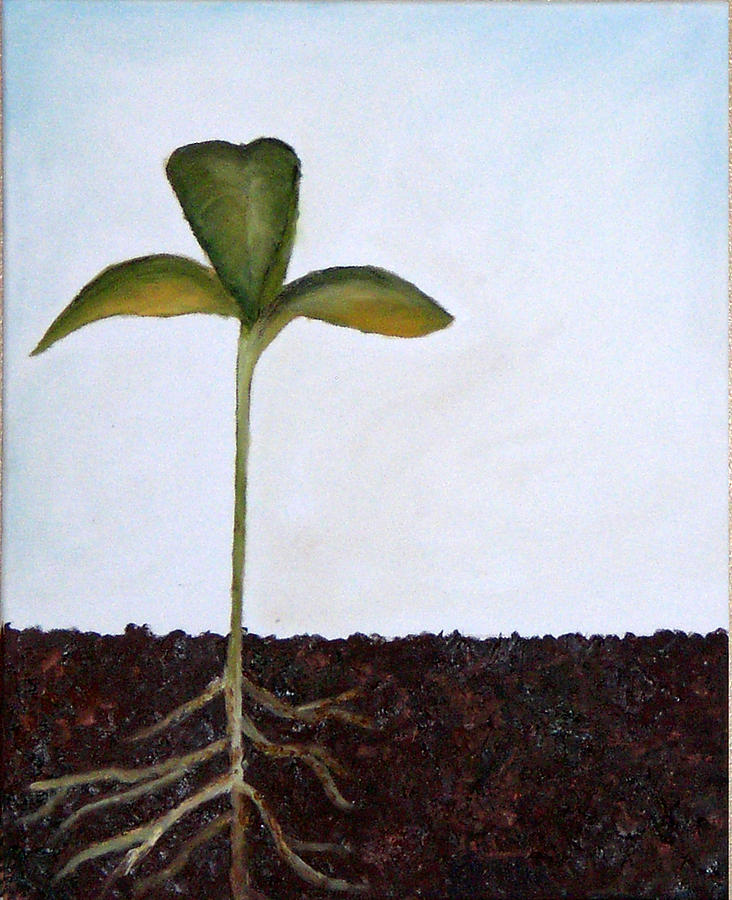Spring – she’s the audacious, extravagant sister of all the seasons. Breaking through death, she burgeons in both vibrant and pastel hues, and her flowers emanate abundant fragrance.
The sights, the smells and even the sounds of Spring can seem an exaggeration after the long darkness of Winter. Spring, with all her extravagance, reminds us of hope.
The word Lent comes from an Old English word simply meaning “Spring.” It’s fitting that in the season of Lent we cultivate the soil of our souls by refocusing on Christ, pursuing repentance and maturity, and exposing our unholy dependencies. These practices allow a spiritual Spring to break through so that new life can be seen and felt.
A painful rebirth
But, let’s be honest, Lent can be difficult. The process of recognizing sin and hardships can grow heavy on us. Like the last days of Winter, there’s still barrenness and brokenness in Lent.
Our spiritual practices aren’t as consistent as we had hoped, our neighbors still wrestle with addictions, our family members and friends remain distant from God, our finances remain difficult, violence prevails over peacemaking, gentrification runs its merciless course in our communities, our southern border is devastated by oppressive practices and policies.
The work of forgiveness and reconciliation is longer and harder than we thought it would be. We long for the triumph of resurrection, even as we hopefully wait during Lent.
Sprouting hope
Difficult circumstances, suffering, sorrow and brokenness are the fertile soil from which hope grows. Romans 5 reminds us that suffering produces perseverance; perseverance, character; and character, hope.
And hope does not put us to shame, because God’s love has been poured out into our hearts through the Holy Spirit, who has been given to us. The Psalmist implores God in Psalm 119, “Sustain me as you promised, that I may live; that I may not be ashamed of my hope.”
Our hope is grounded in the grace of God who sustains us so that we can experience the life that is truly life. Rudy Carrasco reflects on the importance of hope in the Immerse: Redistribution course.
Let us remain faithful in hope during this Lenten season! This week’s spiritual practice is one in which hope can be cultivated. The Daily Examen is an Ignatian method of prayer where we review our day in the presence of God.
Process of the Daily Examen from Ignatian Spirituality
1. Become aware of God’s presence. Look back on the events of the day in the company of the Holy Spirit. The day may seem confusing to you—a blur, a jumble, a muddle. Ask God to bring clarity and understanding.
2. Review the day with gratitude. Gratitude is the foundation of our relationship with God. Walk through your day in the presence of God and note its joys and delights. Focus on the day’s gifts.
Look at the work you did, the people you interacted with. What did you receive from these people? What did you give them? Pay attention to small things—the food you ate, the sights you saw, and other seemingly small pleasures. God is in the details.

3. Pay attention to your emotions. One of St. Ignatius’s great insights was that we detect the presence of the Spirit of God in the movements of our emotions. Reflect on the feelings you experienced during the day. Boredom? Elation? Resentment? Compassion? Anger? Confidence? What is God saying through these feelings?
God will most likely show you some ways that you fell short. Make note of these sins and faults. But look deeply for other implications. Does a feeling of frustration perhaps mean that God wants you to consider a new direction in some area of your work? Are you concerned about a friend? Perhaps you should reach out to her in some way.
4. Choose one feature of the day and pray from it. Ask the Holy Spirit to direct you to something during the day that God thinks is particularly important. It may involve a feeling—positive or negative.
It may be a significant encounter with another person or a vivid moment of pleasure or peace. Or it may be something that seems rather insignificant. Look at it. Pray about it. Allow the prayer to arise spontaneously from your heart—whether intercession, praise, repentance, or gratitude.
5. Look toward tomorrow. Ask God to give you light for tomorrow’s challenges. Pay attention to the feelings that surface as you survey what’s coming up. Are you doubtful? Cheerful? Apprehensive? Full of delighted anticipation? Allow these feelings to turn into prayer. Seek God’s guidance. Ask him for help and understanding. Pray for hope.
Will you commit each evening to this prayer? Even if you have not kept all your commitments during Lent, don’t let that keep you from cultivating hope and connecting with God’s abundant grace for you and your community.





